The DeFeo house evolved from a tragic mass murder scene to an icon of horror in 1977. A runaway bestseller titled The Amityville Horror, written by Jay Anson, took the nation by storm. The promotional copies sent out by the publisher, Prentice Hall, hailed it as “the non‑fiction Exorcist.” The cover carried the subtitle of “A True Story,” while the copyright page read:
The names of several individuals mentioned in this book have been changed to protect their privacy. However, all facts and events, as far as we have been able to verify them, are strictly accurate.
Author Jay Anson undertook the daunting challenge of chronicling George and Kathleen Lutzes’ questionable claims that they and their three small children felt threatened from strong supernatural forces while living at 112 Ocean Avenue. Apparently, the family moved into the DeFeo house believing it to be their dream home.
On December 18, 1975, the Lutz family moved into the DeFeo home. Although it had only been 13 months since the DeFeo murders had occurred, the family later claimed at a press conference, “The DeFeo slayings weren’t something that would bother us.”
According to Anson’s book, Father Mancusco (a pseudonym for a priest named Father Pecoraro) arrived to bless the family’s new home on the same day they moved into it. While the Lutzes unloaded their rented moving van, the Catholic priest entered the house and began his ritual blessing alone. He made his way upstairs to the second floor and entered the northeast bedroom, which had been Marc and John DeFeos’ room.
As he sprinkled holy water around the room and recited a prayer, he heard a loud male voice allegedly say, “Get out!” Although the priest supposedly did not tell the family about the voice, he did warn them about the room, saying, “Don’t use it as a bedroom. Don’t let anyone sleep in there.” According to a Good Housekeeping article, dated April 1977, the Lutzes followed the priest’s advice, turning the room into a sewing room.
From the very first night they moved in, the family claimed they felt strange sensations. Anson had written that the family’s personality had drastically changed. On one occasion in the book, the young couple beat their children with a strap and large wooden spoon. After moving to the house, the children apparently had become brats.
Purportedly, things worsened over the next few weeks. From the stench of bile to the smell of cheap perfume, the family became increasingly perplexed by the mysterious odors that would emanate from different locations of the house. Black stains appeared on the toilets and could not be lifted even with Clorox. Green slime ran down walls, although there appeared to be no reason or source. Hundreds of flies appeared in the sewing room despite it being the dead of winter. Of course, Anson’s crowning moment was an upside down crucifix. And, this was just the tip of the so-called Amityville haunting.
According to Anson, the phenomena then turned physical. Kathy was victimized by unseen touches, which had sometimes forced her to pass out. On the other hand, George would sit hours by the fireplace because he suffered from constant chills. In addition, he would wake up nightly at 3:15 a.m., reasoning that there was a connection between that hour and the hour the DeFeos were killed. In reality, the time of the deaths was never determined by the medical examiner.
As the month progressed, apparently the situation worsened again for the family. Anson reported that George awoke one night to witness his wife transform into a 90‑year‑old hag. The next night, she began levitating off the bed, forcing her husband to grab her before she floated away.
Realizing they needed help, the family contacted the same Catholic priest to ask him to return to perform another blessing. According to Jay Anson’s book, the priest had been feeling the aftereffects from the first blessing. Whatever was plaguing the family was also bothering the priest. (More information can be read in The Catholic Church and the Hoax section.)
After failing to get the priest to return, the family took matters into their own hands. Armed with a crucifix, they walked throughout the house reciting the Lord’s Prayer. A chorus of voices erupted in response, asking them, “Will you stop?”
The most incredible part of Anson’s story was his claim that the daughter had befriended an invisible, red‑eyed pig named Jodie. “Jodie could not be seen by anyone unless it wanted to. At times it was a little bigger than a teddy bear and other times bigger than the house,” George Lutz explained in October 1979 on the TV show “In Search Of,” which he served as a consultant and participant for the show.
One night while coming back from the boathouse, Anson had George Lutz witnessing Jodie standing behind his stepdaughter in her bedroom. Kathy Lutz’s introduction to her daughter’s friend was just as disturbing. On a separate evening, she was startled to see two red eyes peering in through the darkness from the window. Although Anson’s version was dramatic, Hollywood’s adaptation was simply unbelievable.
The book reported that the malevolent forces caused significant property damage to the house, such as the front door being ripped off its hinges, windows being smashed, banisters being torn from their fittings, damage to the garage door, and water damage from hurricane‑force winds, which local meteorological stations had no record of.
Even their dog, Harry, a malamute‑Labrador mix, supposedly suffered from the strange forces. Although the animal was normally hyper, it had become increasingly lethargic while at the house. One time the dog had almost choked itself because it tried to scale the fence, or so the book would have readers believe.
One of the more chilling events in Anson’s book was when George awakened to the sound of a marching band in his living room. He claimed he raced downstairs and entered the room, only to find dead silence and the furniture pushed to one side.
After 28 days in the DeFeo home, the family claimed they could take no more. They grabbed only a few belongings and fled the house, taking shelter at Kathy Lutz’s mother’s home in nearby Babylon, Long Island.
Jay Anson’s The Amityville Horror sold more than three million copies and was turned into a major motion picture that grossed more than $80 million dollars. The family happily went on a nationwide tour to promote the book as their “true story.” Nevertheless, questions remained about the validity of their claims.
Butch DeFeo, however, believed the stories were concocted with the help of William Weber, Butch’s defense attorney in 1975. In a handwritten letter, Butch wrote, “Amityville was a hoax that Weber and the Lutzes started. Yes, to make money. It started as my trial was in progress.”
Although George Lutz proclaimed his story to be true, William Weber argued the story and Anson’s book were not. In the September 17, 1979 issue of People magazine, Weber charged, “I know this book’s a hoax. We created this horror story over many bottles of wine.”
Amityville may never see an end to the legendary ghost stories that made it infamous. Although entertaining in one sense, comical in another, Jay Anson’s book and the subsequent film adaptation have weathered nearly four decades successfully, spawning a cottage industry built on a haunted house hoax.


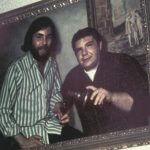
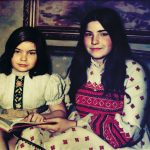
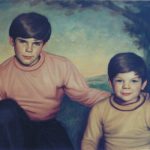
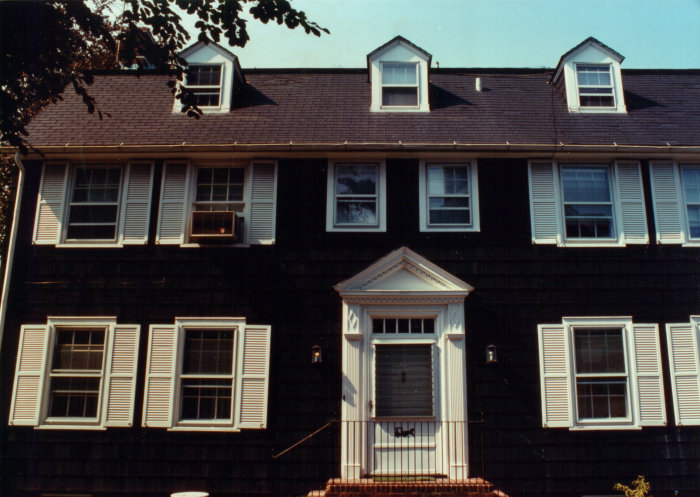

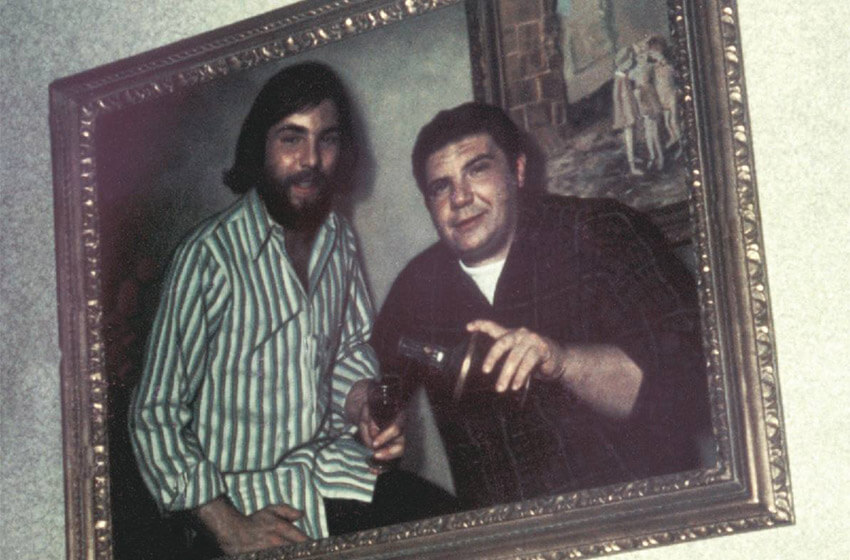
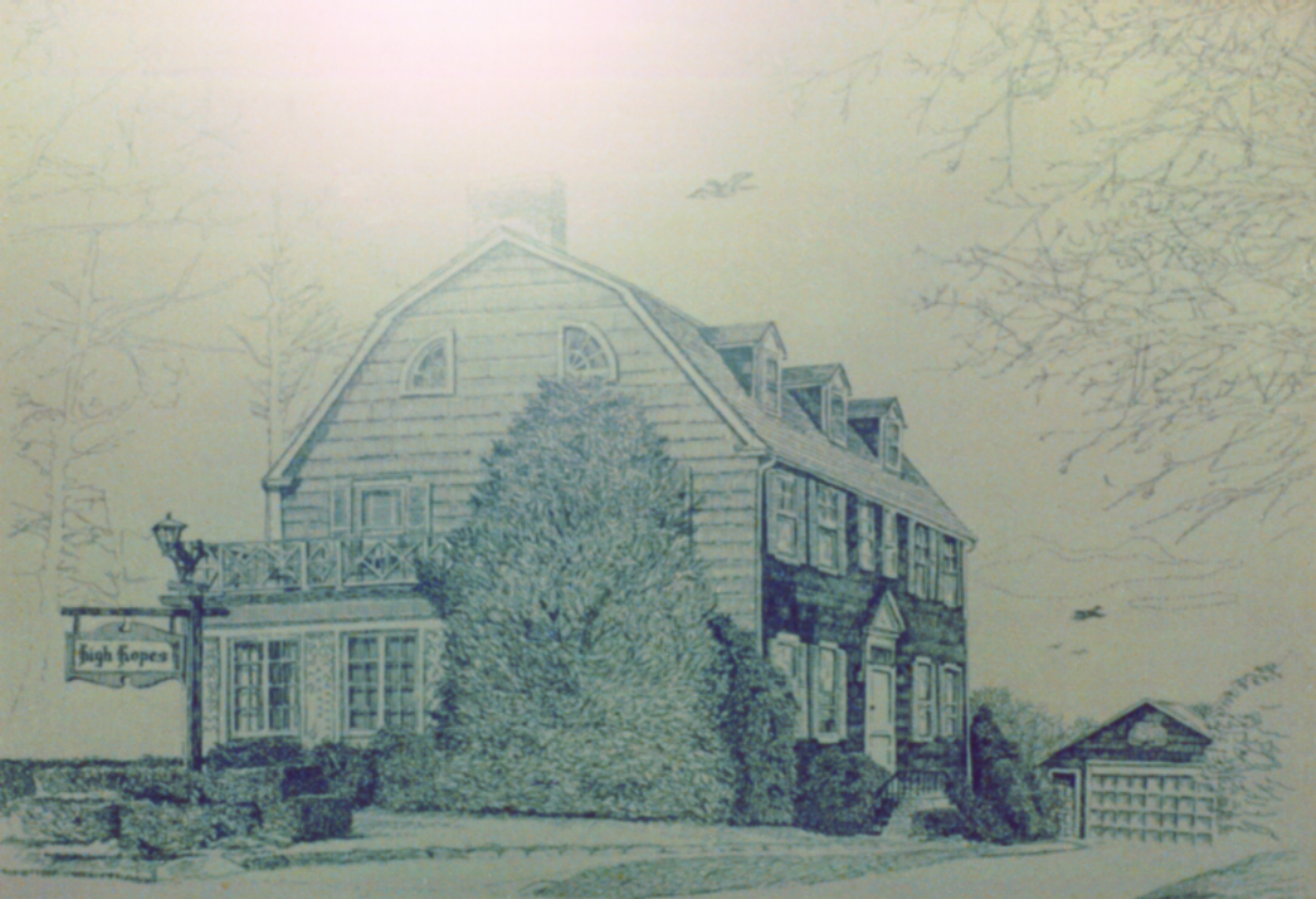
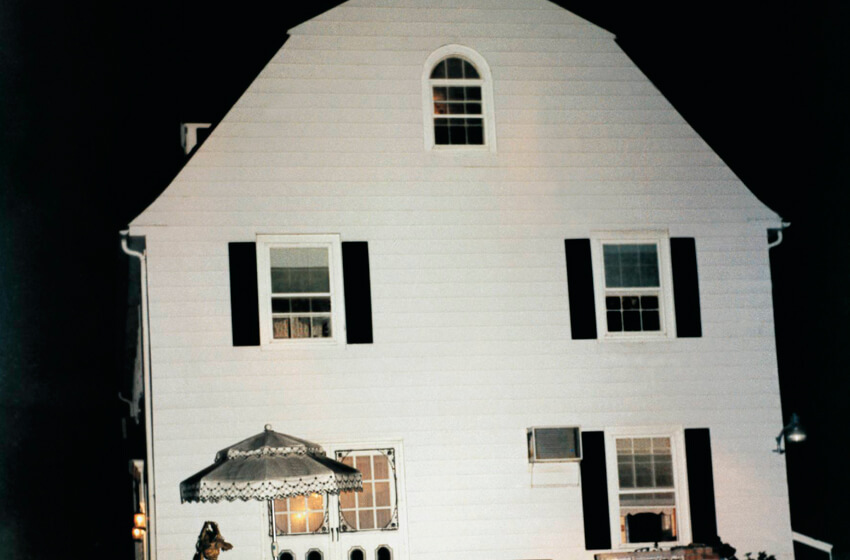
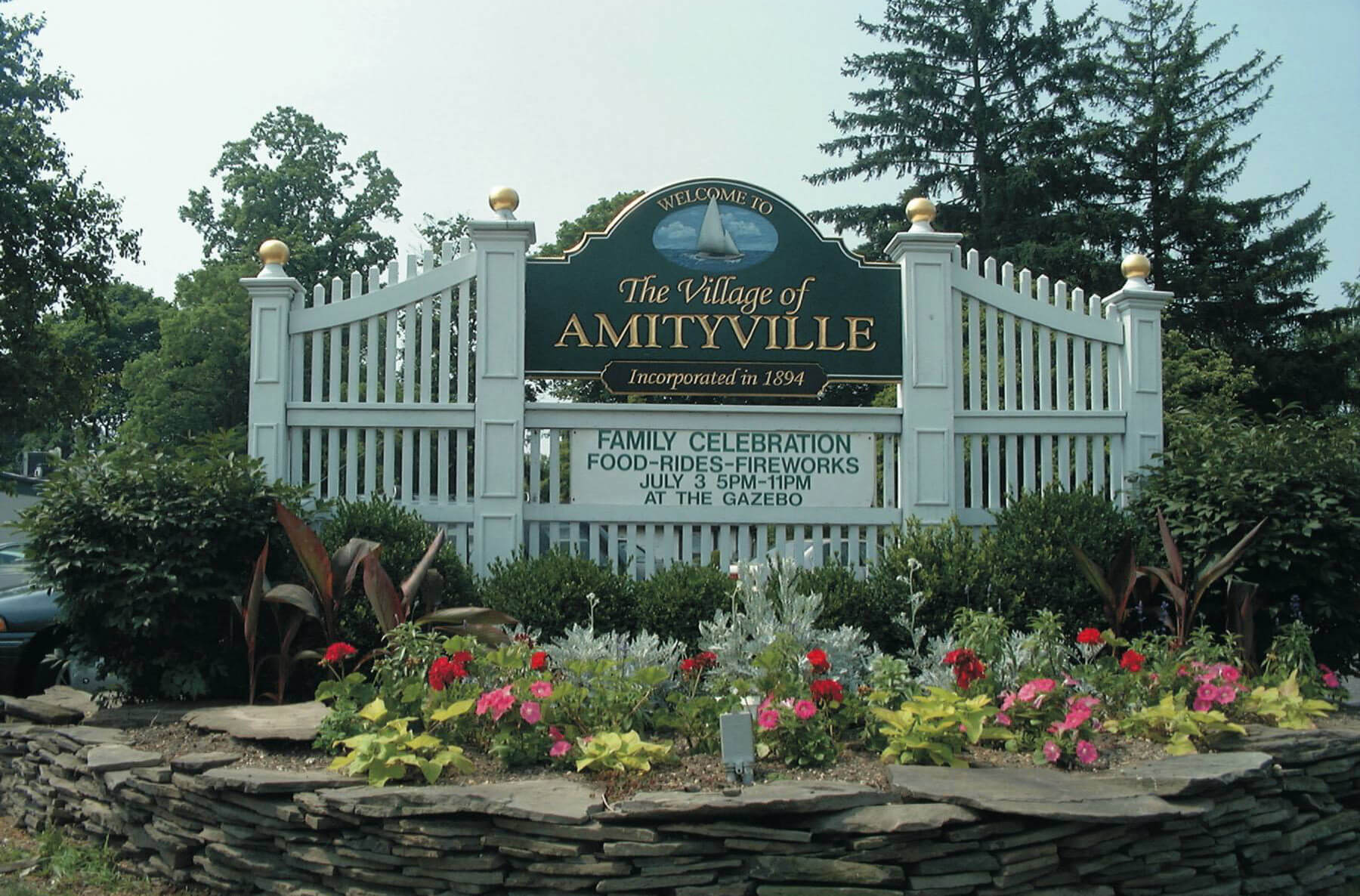
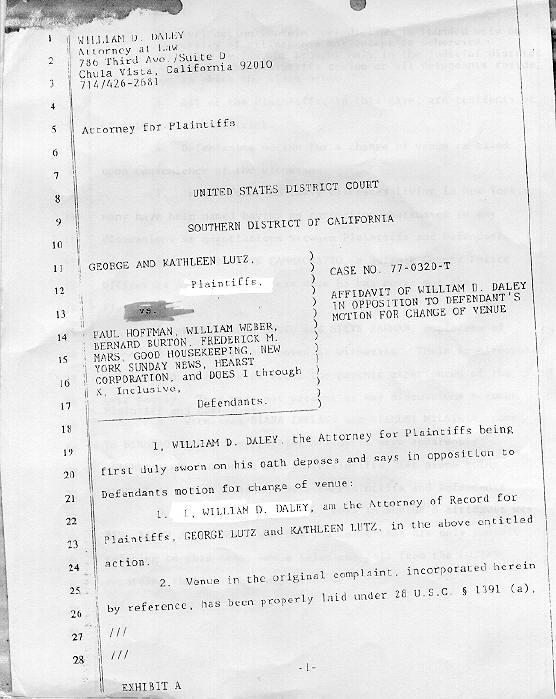
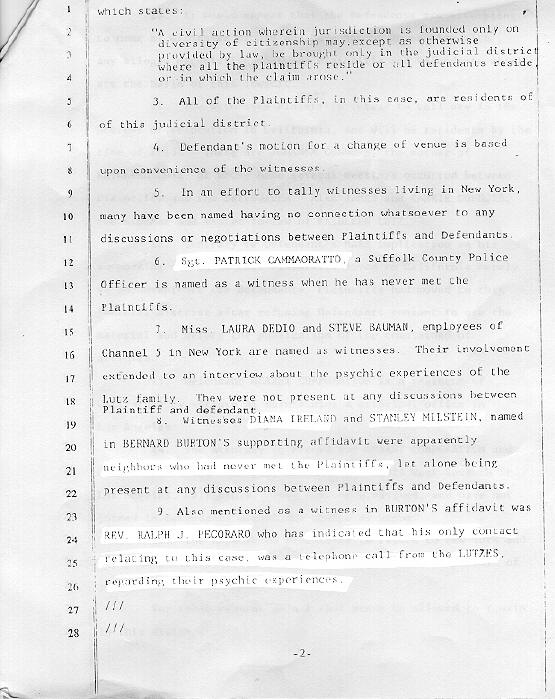

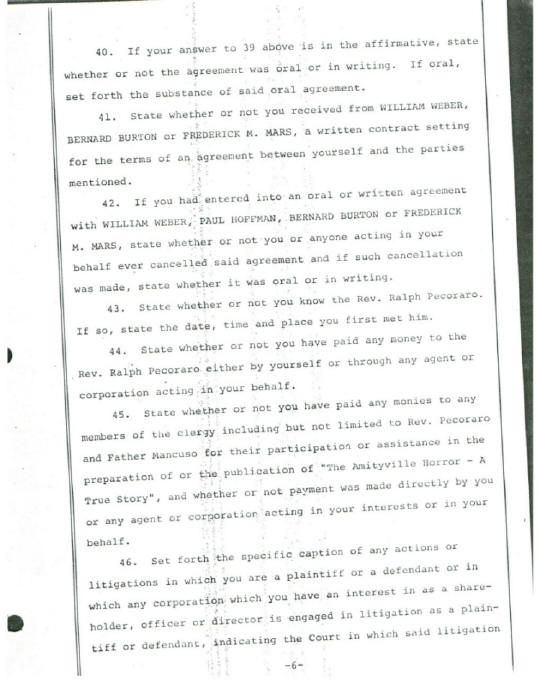
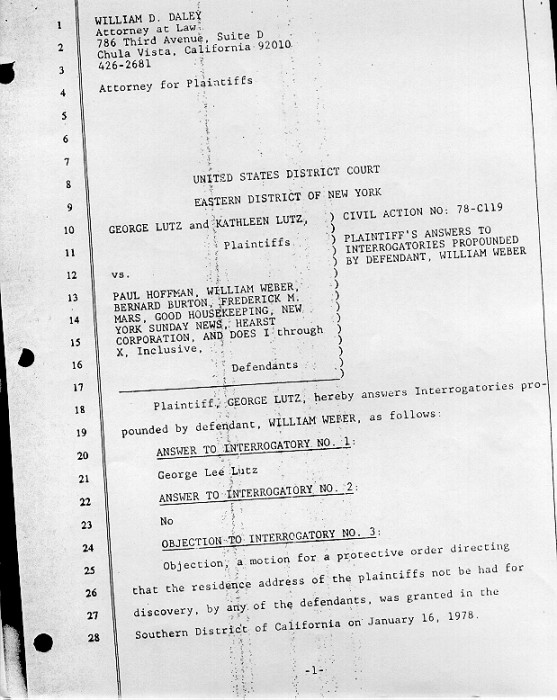



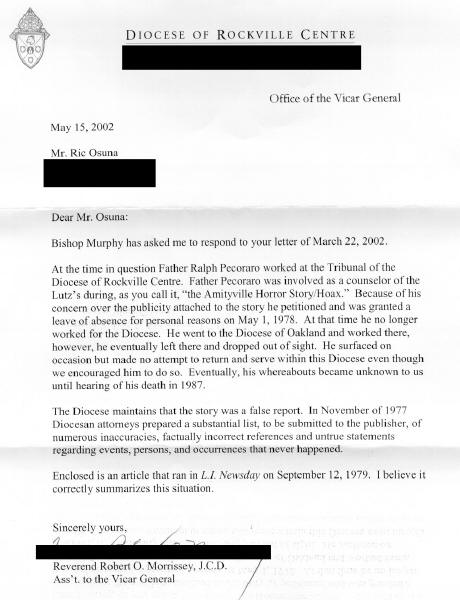
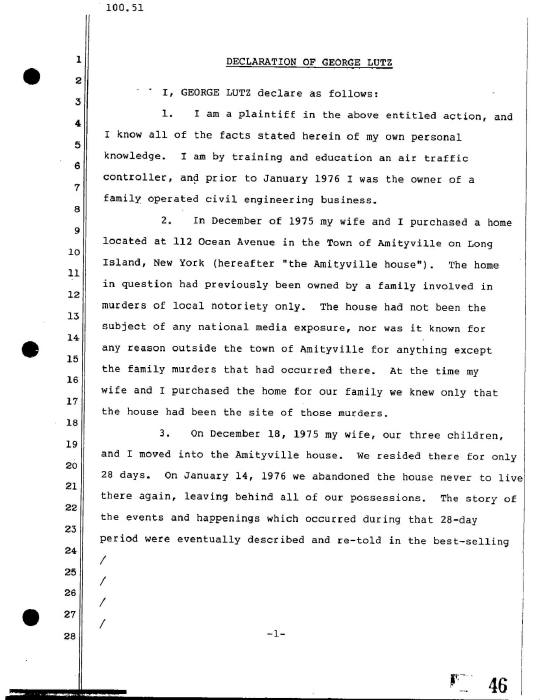


THE AMITYVILLE MURDERSSocial Media